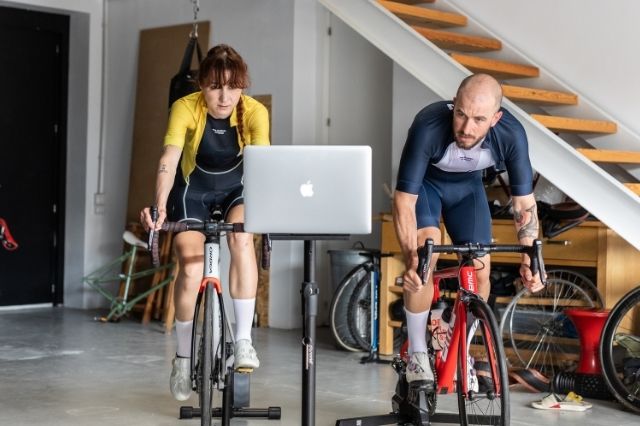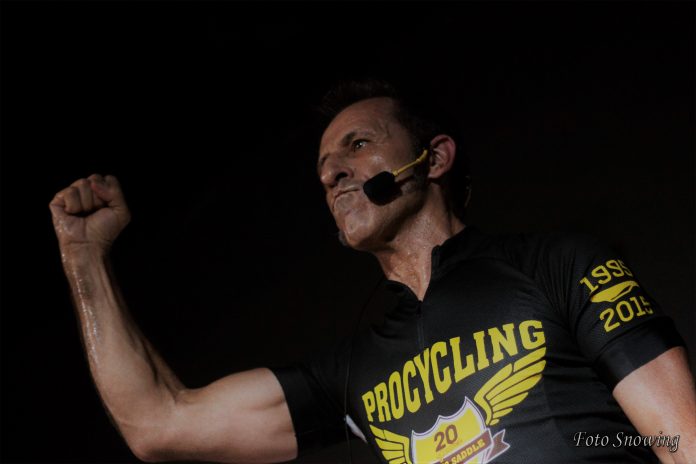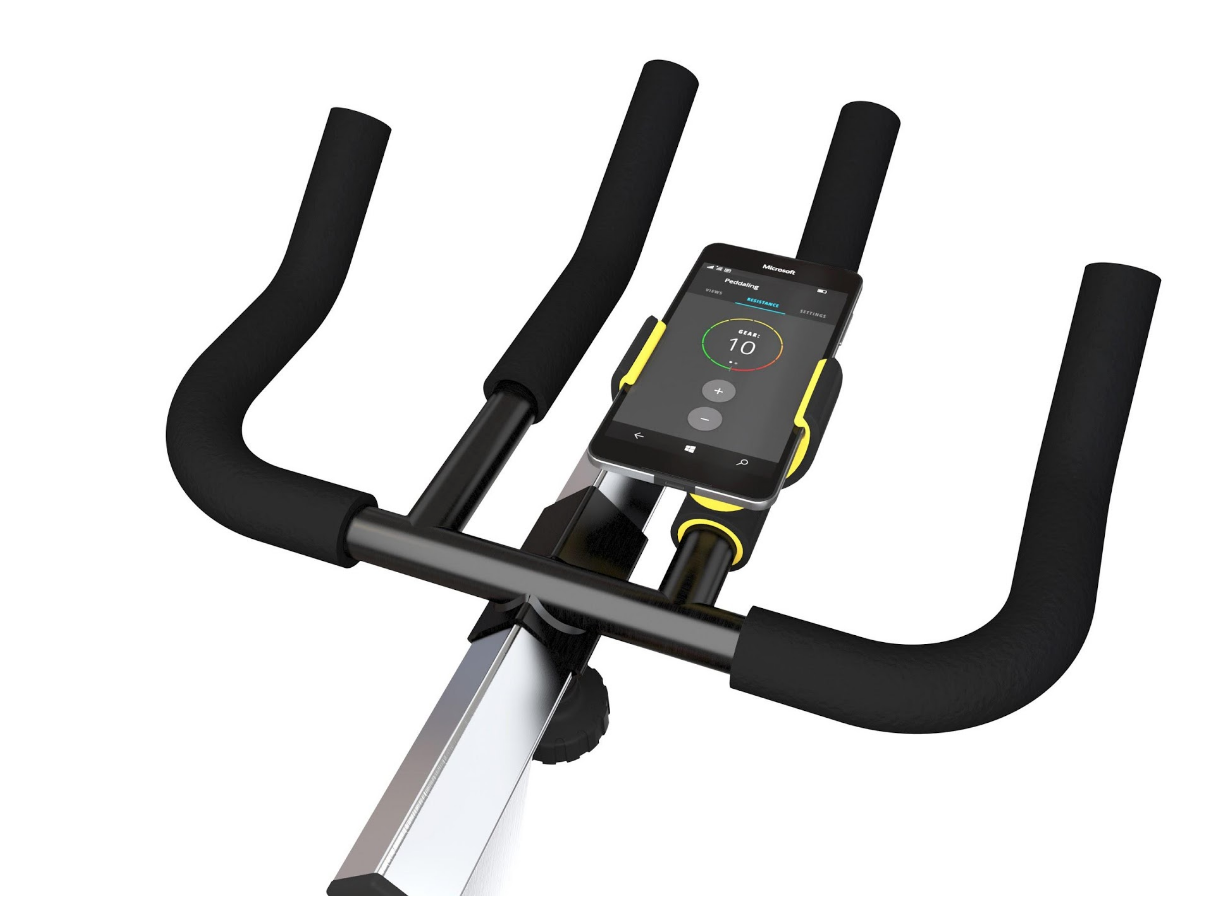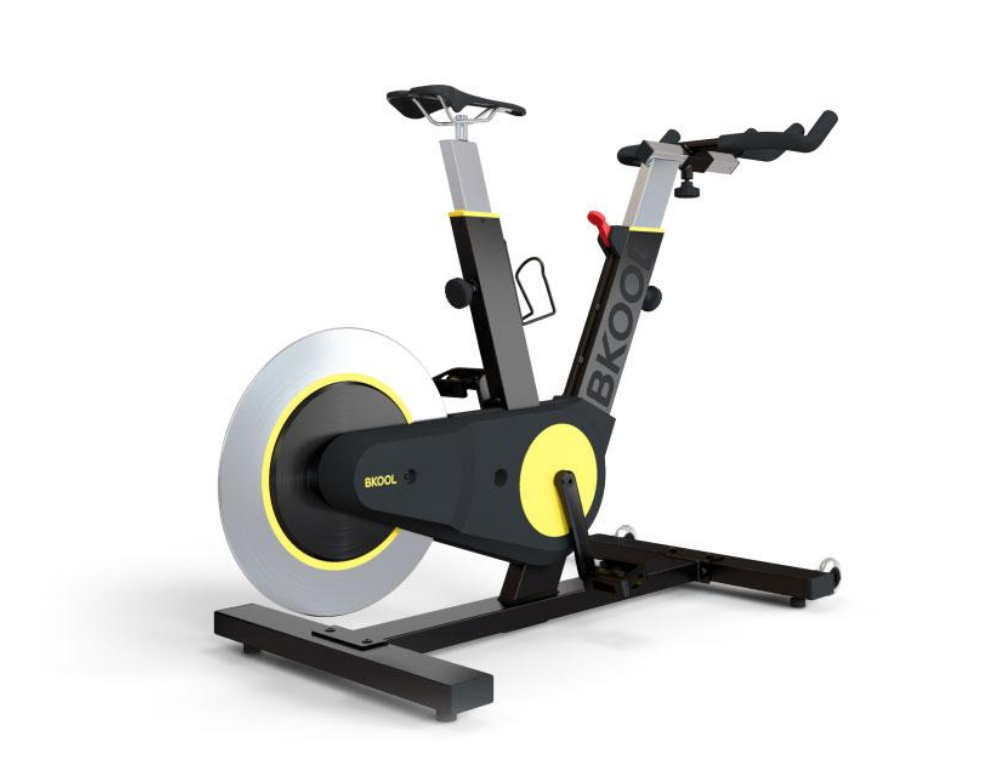I first saw Johny G in Los Angeles in the late 80s and I was really impressed by how he worked and by the approach he took with a type of class that back then was completely new. In those days fitness was booming worldwide, and indoor cycling was taking over. And although this activity has changed over time, the change was never substantial because the work tool was always very similar. We went from background music to using music to keep the cadence, from very high to more moderate cadences, from exercises on the bike to “just pedaling”, and a few additional changes introduced by instructors, schools, methods and by the times, but no changes to the bike itself, whose evolution did not affect the changes made to the activity.
These last 25 years have seen a lot of things happen in the world of indoor cycling, but never has there been a paradigm shift as radical as the one taking place now. The bike is evolving into something new, and this is driving the change. We’re going from having a machine where nothing was measurable to one that provides a plethora of parameters that are essential to controlling the intensity and the class in general.
Every brand will have this type of bike sooner or later, but this requires having instructors who are willing to make changes. Of the many new features that bikes offer, the most important one is connectivity and the absolute control over the workload, in terms of the watts generated by each participant, a parameter that must be thoroughly understood and not feared, as it has many benefits to offer.
The most novel parameter for instructors could well be the watts. What are watts used for? Well, it’s a way to truly measure the level of effort of your students. It would also be very gratuitous to think that all this watts business only appeals to a certain type of audience. It’s as if you said that monitoring heart rate is only for a select few. It ends up being the same, but with one big difference: watts really do measure the effort level, HR does not. There’s also no need for extra materials to monitor a session and each students can work at the level assigned, knowing at all times if they are doing what the instructor asked, while at the same time enjoying the class and having fun.
It used to be that we instructors didn’t have other resources, but things are changing. We can’t turn our backs on technology and modern ways. We’d be doing our students a great disservice if we kept doing the same routine given what’s available now.
I realize that not everyone has bikes with the latest technology, in which case it’s business as usual. But it’s sad to see how some instructors, despite having bikes brimming with technology, ignore all the information and limit themselves to doing classes based only on some “smash hit” and on the most subjective bias, making everything revolve around the music. They don’t realize that now, it’s the music that revolves around the stated goal, and this requires instructors to train themselves and recycle their knowledge.
Professionals have to stay on their toes, since this is only the first step. The next will be to expand the connectivity between bikes, devices and, of course, online classes. Bkool went to the front of the line in this area and is starting to offer its classes online. These are the only classes where users can work out with the goals proposed by the instructor in a way that is extremely precise, since users train in their specific workout zones, which are entered into the system after doing Bkool’s FTP test.
Plus, Bkool’s Smart Bikes have a unique feature in that users don’t have to adjust anything, since if they work out in automatic mode, the resistance for each zone is set without the user having to adjust any settings.
This is the future and Bkool is leading the way by looking for new roads with the best professionals and doing new and great things for this activity.
Kim Forteza















